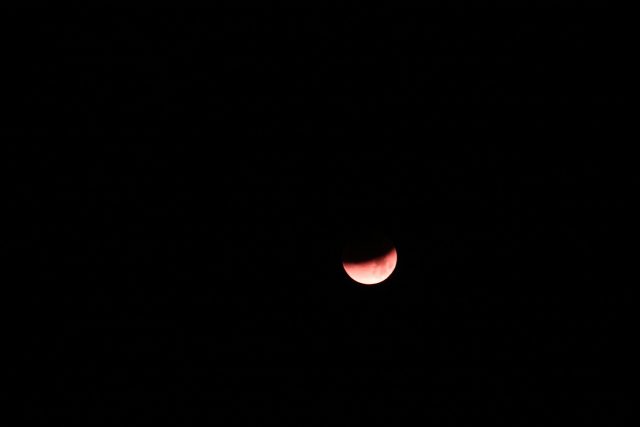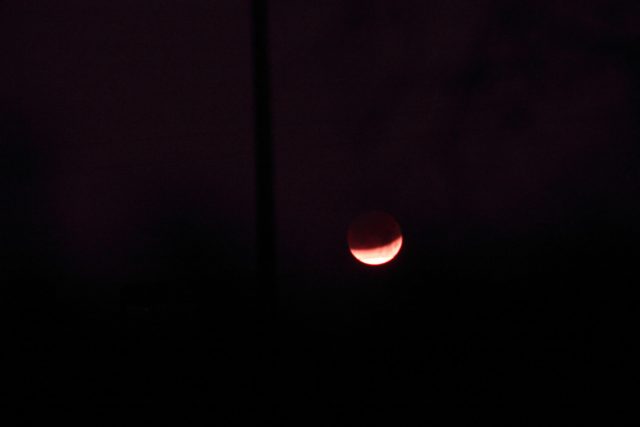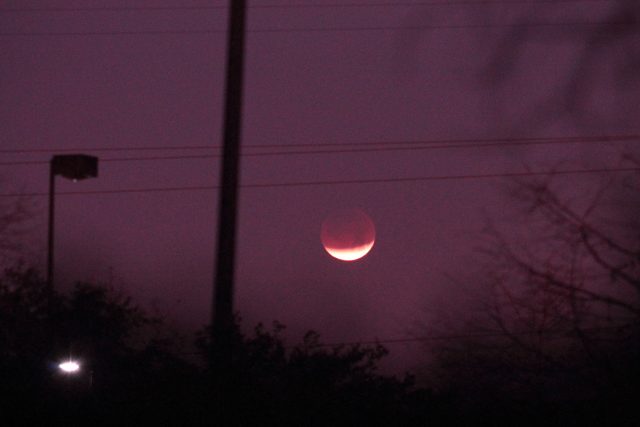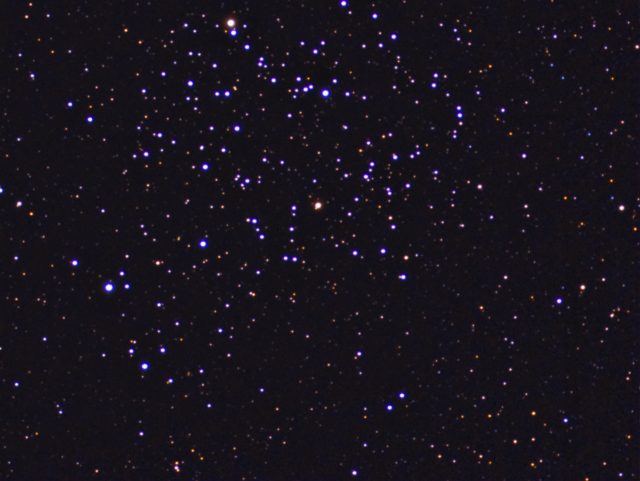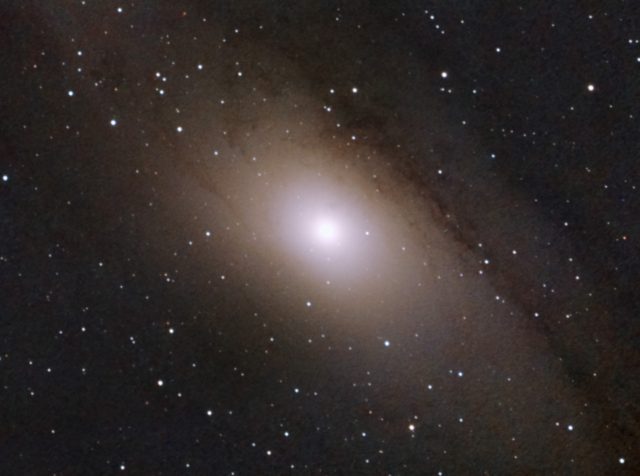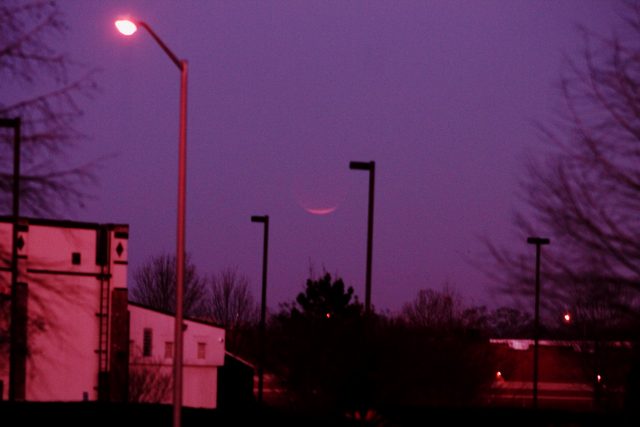
Images
M35 and NGC 2158 Mosaic – Sony IMX224
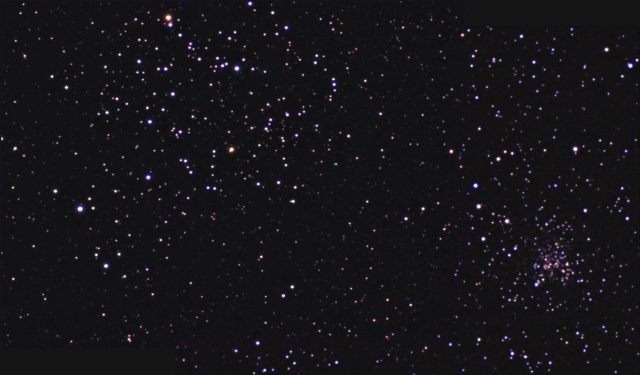
As promised, here is the 2-panel mosaic of the M35/NGC 2158 area. Not too bad, but the seeing for Dec 11 was poor and I might re-shoot the NGC 2158 side to get a better rendition.
Here’s the gaudy version that I turned up the contrast on with a strong curves boost:
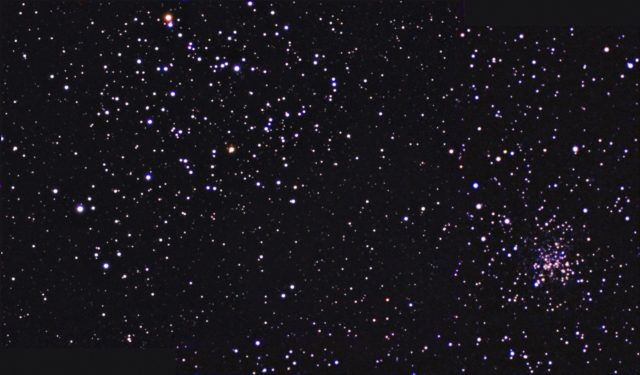
NGC 891 (2nd Try) – Sony IMX224
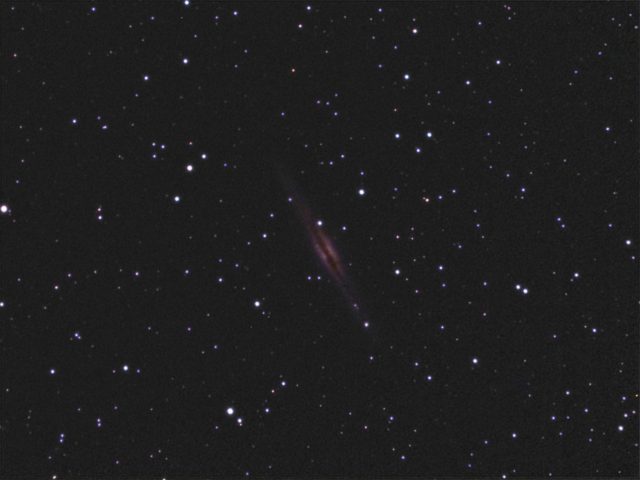
This version of the Outer Limits Galaxy came out better than my first go of it with the Rising Tech IMX224 cam, even though it seems to be slightly out of focus. I bet I will be trying again soon, since I think it could be better with the right exposure/gain, location and of course, better focus. 🙂
M35 Open Cluster – Sony IMX224
M31 Galaxy Core Region – Sony IMX224
Horse Head Nebula – Sony IMX224
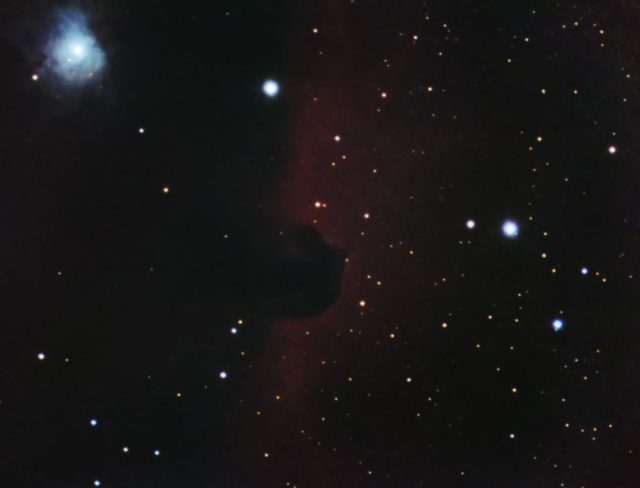
More EAA fun with the Sony IMX224-based camera. This was taken during the nightime of Dec 12/13, 2017. The final version here has over 80 minutes of data. It was acquired in a high LP environment with no filters on the camera except for the UV/IR cutoff.
I need to get a UHC filter for it, but as you can see, I might do good to use none just to get the base colors and use the UHC just for extra nebulosity, only.
M51 Spiral Galaxy – Sony IMX224
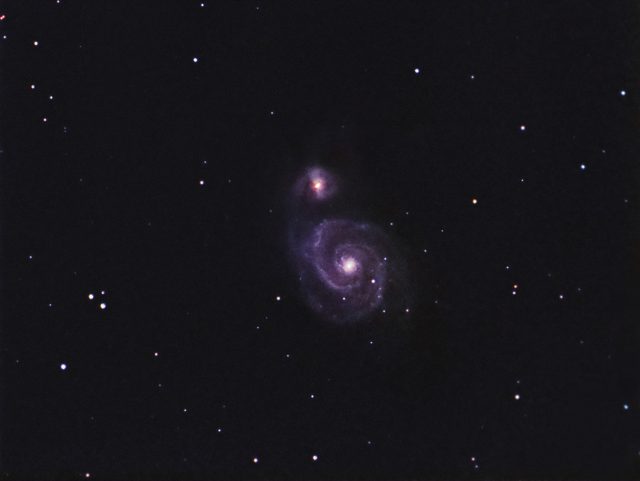
Here’s an object I’ve been itching to shoot with the RT IMX224 cam. This is only 27 minutes worth of 20 sec exposures! 🙂
I think that between 500 and 1000 subs would really be what this object needs with this setup. In the meantime, I put the above image together with 25 minutes of DSLR camera data taken with the same scope. Check it out:
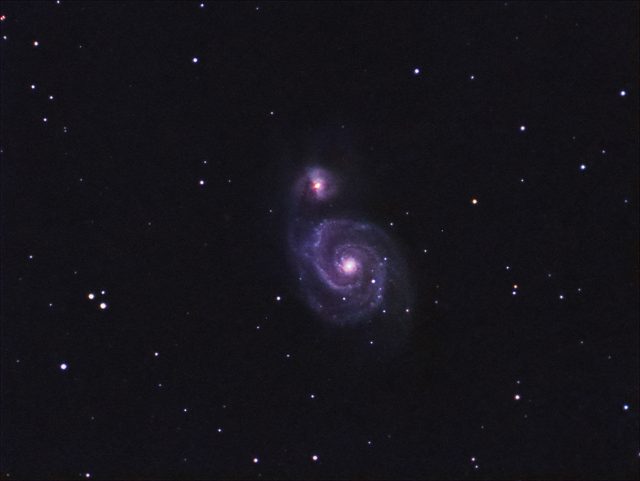
The Dumbbell Nebula – Sony IMX224
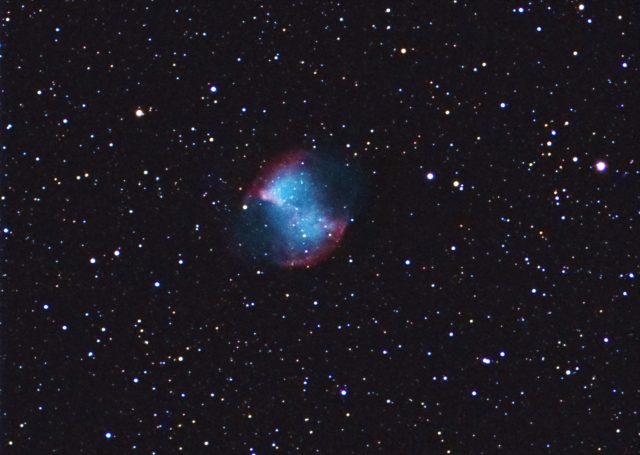
I rushed to setup and shoot this one before it went behind a tree. It was only 97 frames at 8 seconds for a total of about 13 minutes. But, I love how it turned out with this Sony IMX224 camera. It looks as good as or better than most of my DSLR shots of the same object.
It looks even better if I combine the two cameras’ datasets into one image to get the best of both:
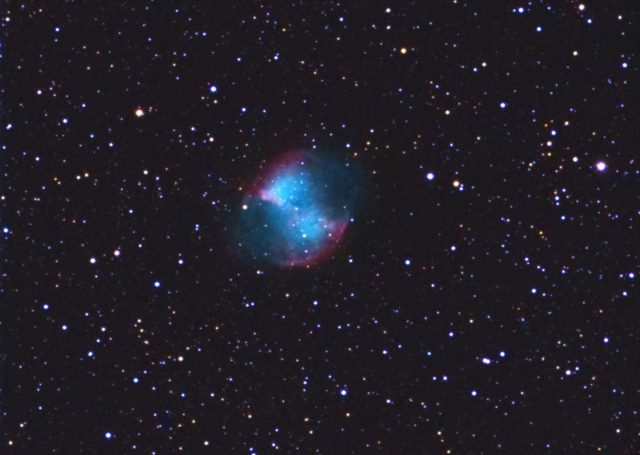
Owl Nebula – Sony IMX224
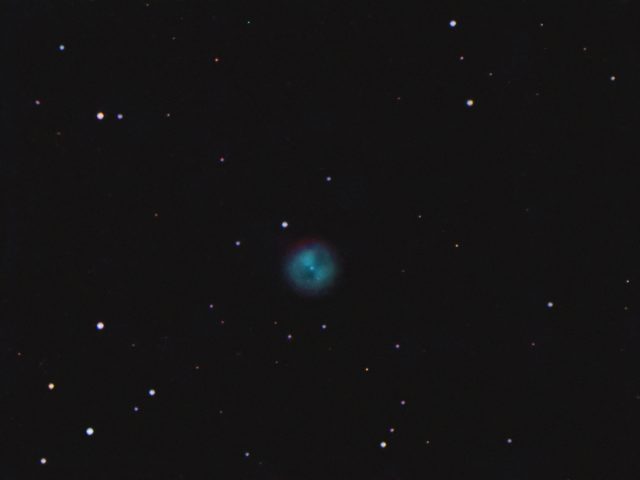
I tried long exposures with no gain and no darks using the Rising Tech Sony IMX224 eyepiece/guider cam to image the Owl Nebula, recently. I was using it like I would one of my Canon DSLR cameras with long exposures at low ISO when shooting in bad LP conditions.
Hot pixels were worse than I thought, so I had to do some aggressive noise reduction. Next time, I will definitely use darks based on this experience. The camera has low read noise, but not low hot pixels with exposures this long.
M82 Galaxy – Sony IMX224
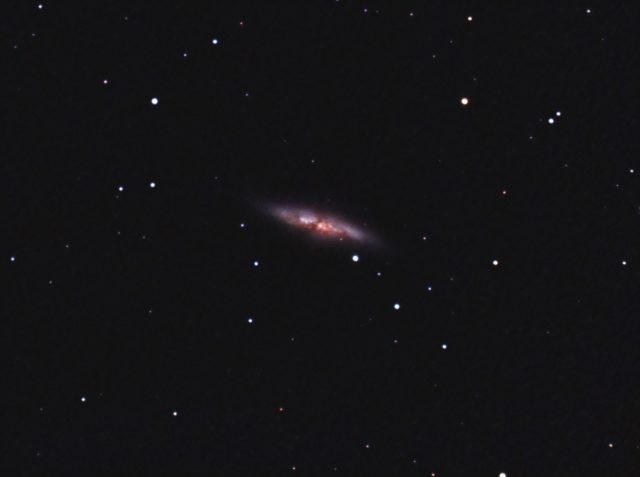
I imaged this galaxy with the Rising Tech Sony IMX224-based Eyepiece/Guider cam the other night. It could use more time, but what I did get shows it well enough. Color on the stars were lacking since the gain settings I was using washed them out.

